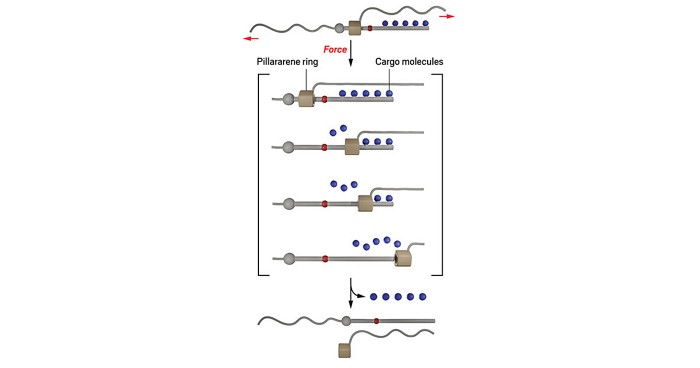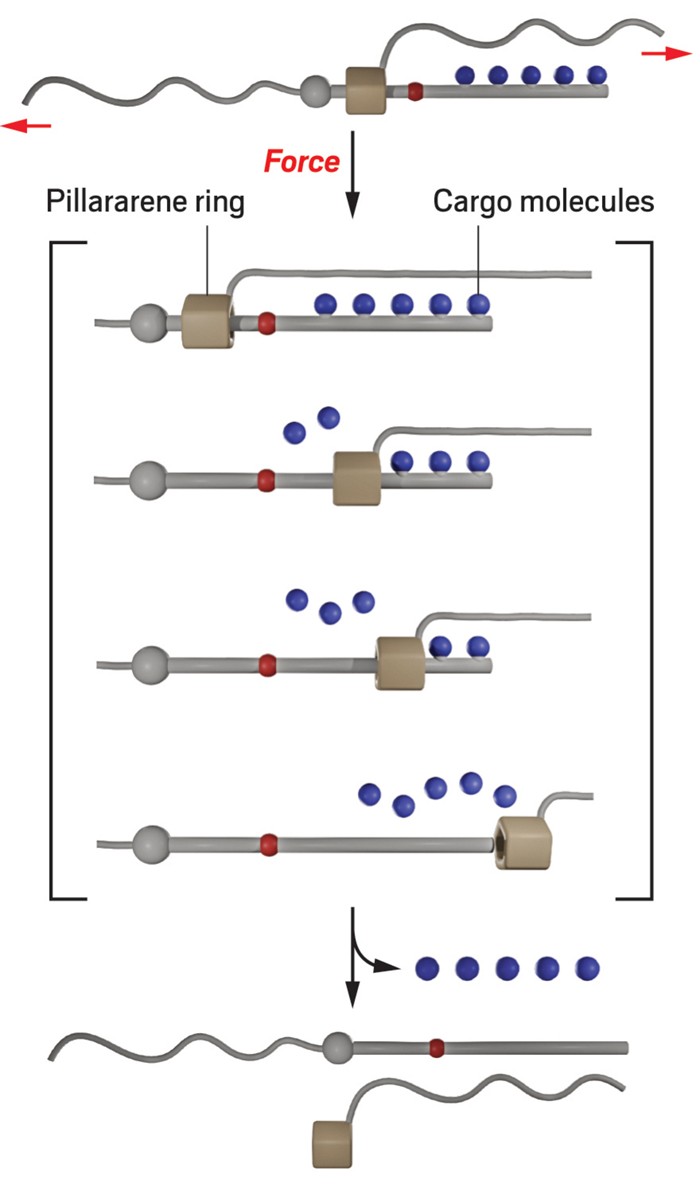Advertisement
Grab your lab coat. Let's get started
Welcome!
Welcome!
Create an account below to get 6 C&EN articles per month, receive newsletters and more - all free.
It seems this is your first time logging in online. Please enter the following information to continue.
As an ACS member you automatically get access to this site. All we need is few more details to create your reading experience.
Not you? Sign in with a different account.
Not you? Sign in with a different account.
ERROR 1
ERROR 1
ERROR 2
ERROR 2
ERROR 2
ERROR 2
ERROR 2
Password and Confirm password must match.
If you have an ACS member number, please enter it here so we can link this account to your membership. (optional)
ERROR 2
ACS values your privacy. By submitting your information, you are gaining access to C&EN and subscribing to our weekly newsletter. We use the information you provide to make your reading experience better, and we will never sell your data to third party members.
Reaction Mechanisms
Network control theory governs isomerization, chemists say
Epimerization of glucose to allose seems simple but is incredibly complex
by Bethany Halford
August 1, 2024
| A version of this story appeared in
Volume 102, Issue 24
Network control theory can describe the photochemical isomerization of glucose to allose. This transformation, in which the hydroxy group on a single carbon flips from one stereochemical configuration to the other, seems like a simple epimerization, but the reaction is quite complicated. The chemists who did the work hope others will also use network control theory to better understand chemical transformations (Science 2024, DOI: 10.1126/science.adp2447).

In 2020, Massachusetts Institute of Technology chemistry professor Alison E. Wendlandt reported a reaction that converts the common sugar glucose into the rare sugar allose. Her team tried conventional approaches, like density functional theory and kinetic experiments, to understand why the reaction was selective only for one hydroxy group and didn’t epimerize the hydroxy groups on adjacent carbons. But they failed.
So Wendlandt and coworkers teamed up with Merck & Co.’s Eugene E. Kwan to get a better handle on what was happening. They found that “what appears to be a reaction of a single molecule at a single site actually turns out to be a complex dynamic and continuously evolving network of 8 different sugar isomers connected by 12 different reactions in a process overall that is governed by 48 different rate constants,” Wendlandt says.
Robert R. Knowles, who studies asymmetric catalysis at Princeton University and was not involved in the work, says in an email that “this work will help inspire new ways of thinking about complex dynamics in stereoselective synthesis and beautifully highlights how excited-state mechanisms can enable unconventional modes of selectivity that simply aren’t possible in ground-state chemistry.”





Join the conversation
Contact the reporter
Submit a Letter to the Editor for publication
Engage with us on Twitter